Videos and articles about wood veneering, marquetry, and wood inlay skills for woodworkers.
Veneering for Furniture Makers with Dave Heller

Veneering for Furniture Makers with Dave Heller Learn how to make Federal style wood veneering for your woodworking furniture projects By Joshua Farnsworth |

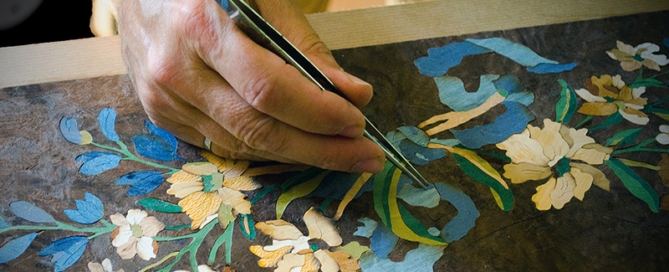
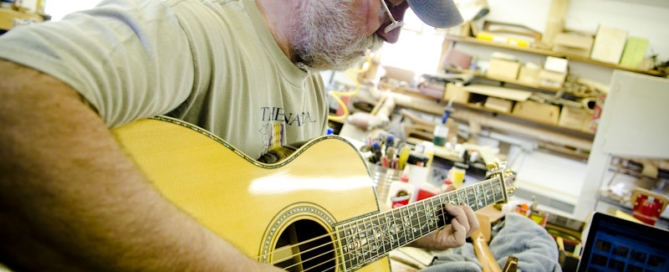
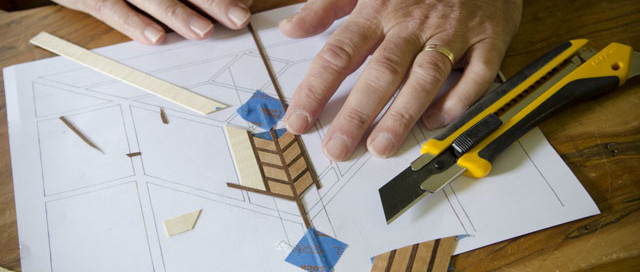
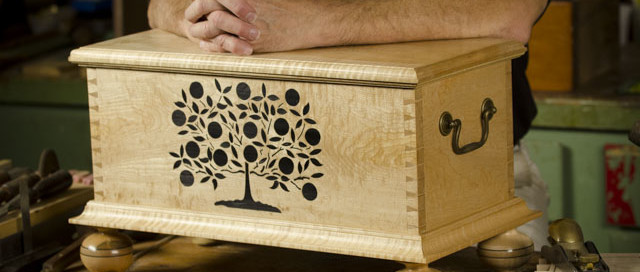
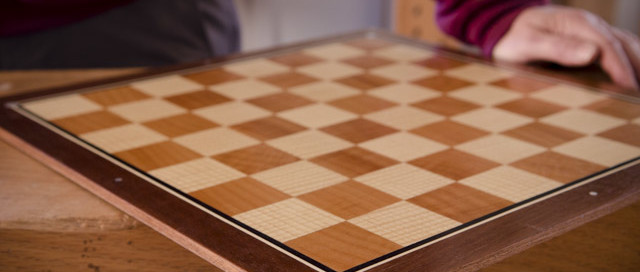
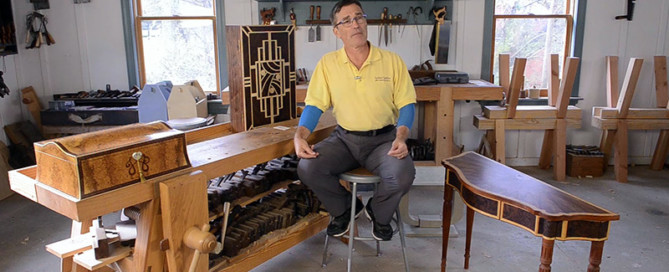
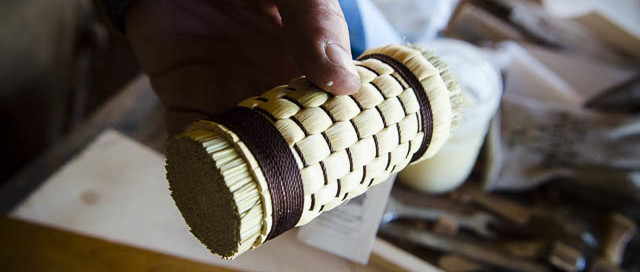
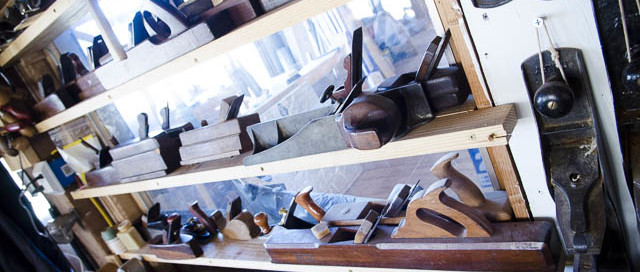
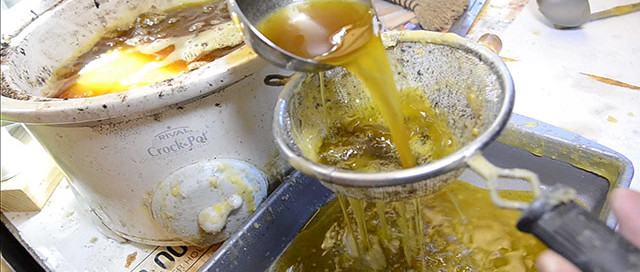
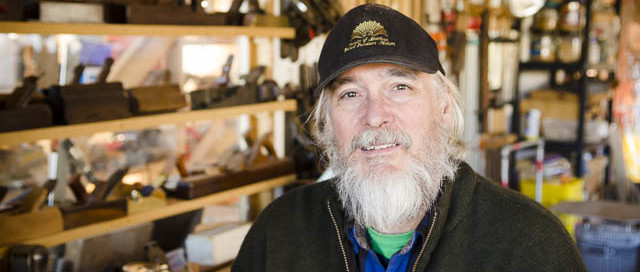
Wood and Shop in your inbox?
Subscribe to get Joshua's free traditional woodworking videos, articles & news:
You have Successfully Subscribed!